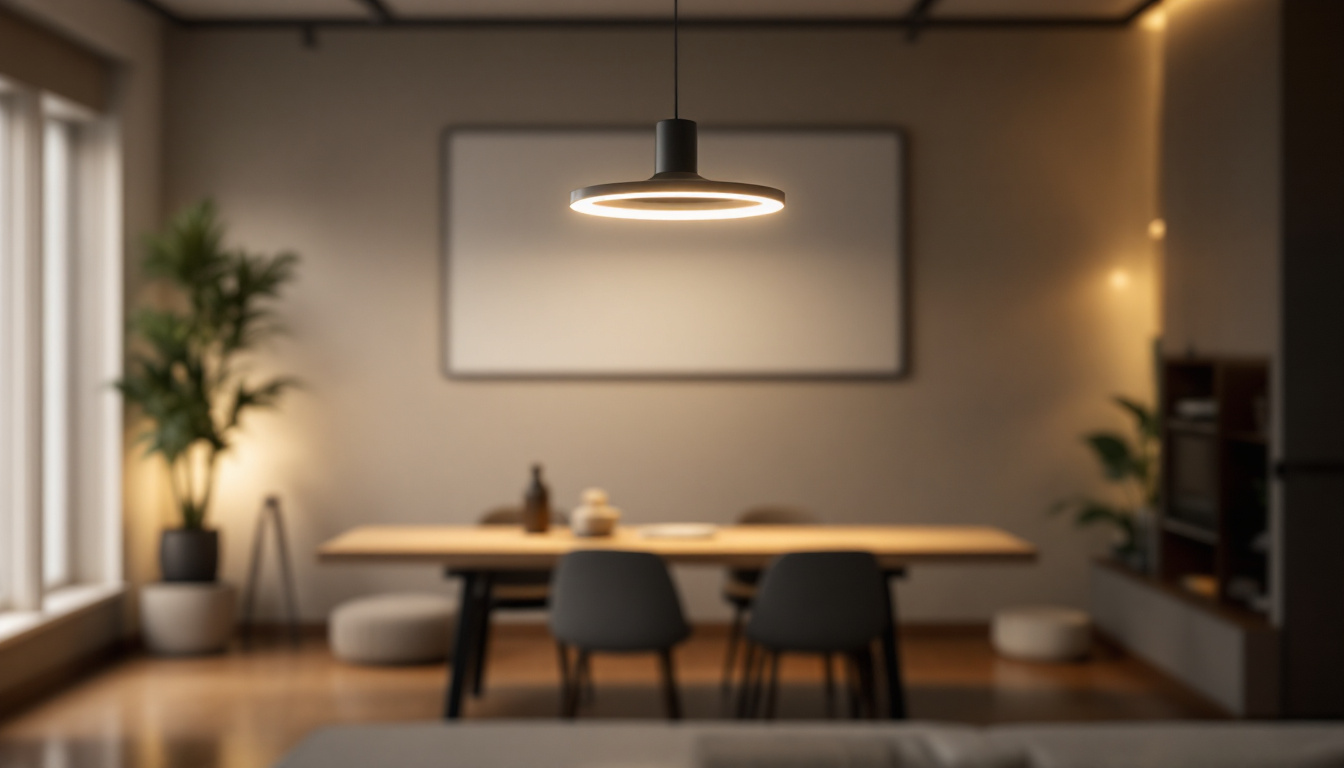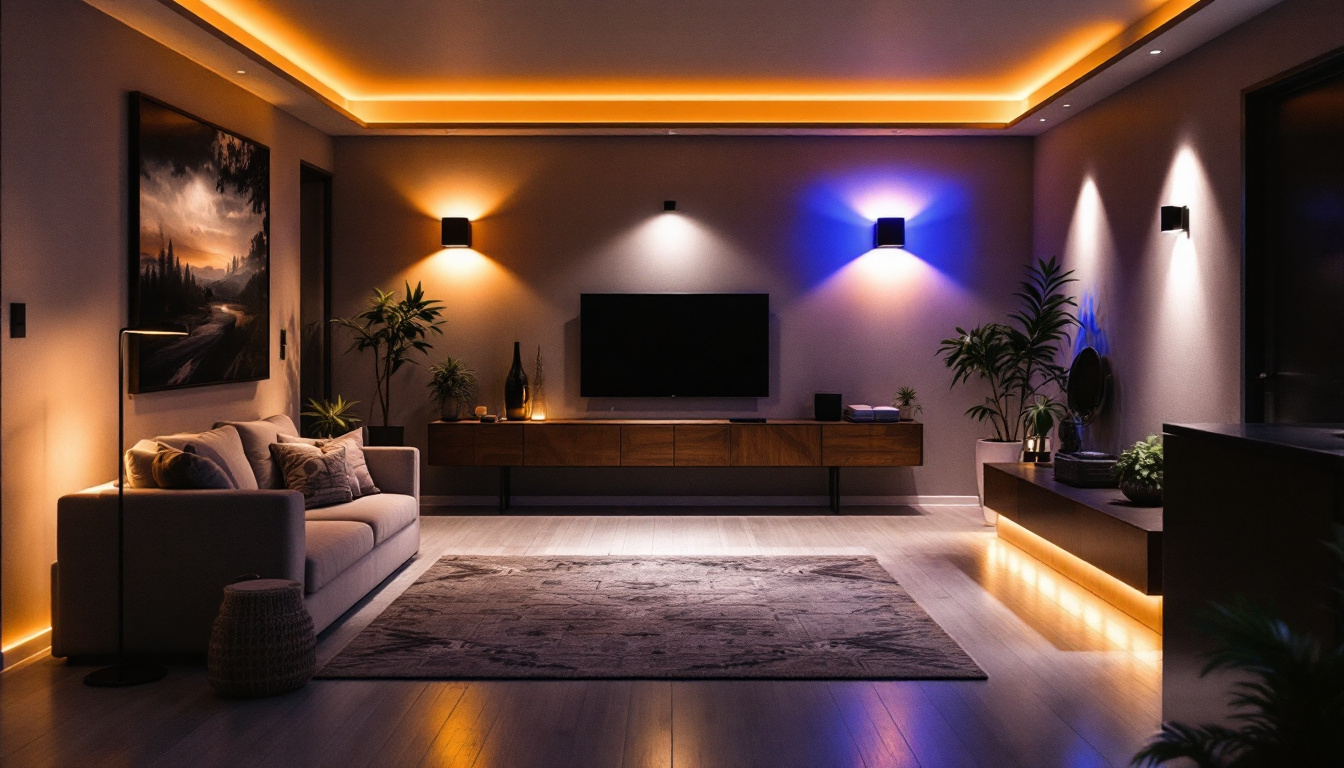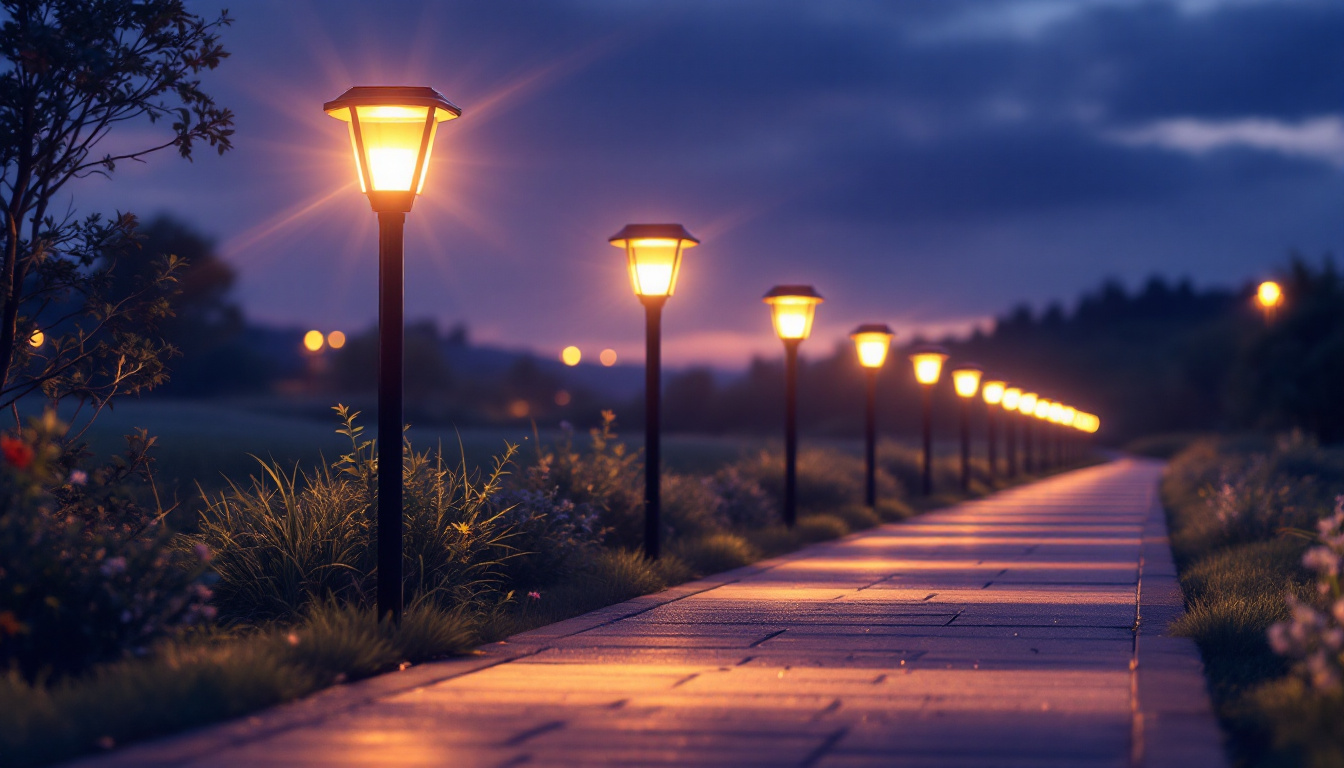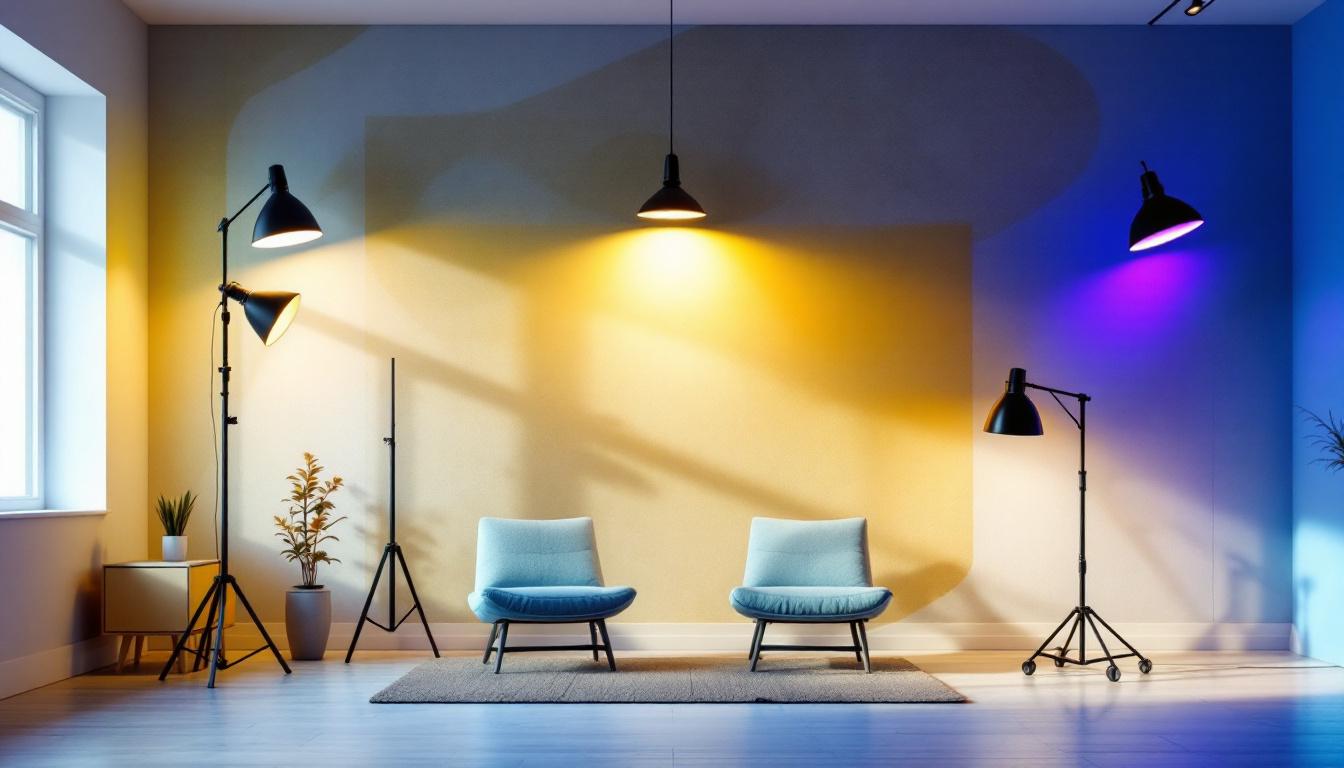
In the fast-evolving world of interior design and architecture, lighting plays a crucial role in creating ambience, enhancing aesthetics, and ensuring functionality. For lighting contractors, understanding modern lighting fixtures is essential not only for meeting client expectations but also for staying ahead in a competitive market. This comprehensive guide delves into the various aspects of modern lighting fixtures, equipping contractors with the knowledge they need to excel in their projects.
Modern lighting fixtures encompass a wide range of designs, technologies, and applications. They are characterized by their innovative styles, energy efficiency, and versatility. To effectively work with these fixtures, contractors must familiarize themselves with the different categories and their respective features.
Modern lighting fixtures can be broadly categorized into several types, each serving a unique purpose and aesthetic. These include chandeliers, pendant lights, wall sconces, recessed lighting, and track lighting. Understanding the specific characteristics of each type allows contractors to recommend the best solutions for their clients’ needs.
Chandeliers, for instance, are often used as statement pieces in dining rooms and entryways, offering both illumination and design flair. Pendant lights, on the other hand, are versatile and can be used in various settings, from kitchens to living rooms, providing targeted lighting where needed. Wall sconces add a touch of elegance while also serving functional purposes in hallways and bathrooms. Recessed lighting, which is installed into the ceiling, provides a clean and unobtrusive look, making it ideal for modern homes where aesthetics are key. Track lighting, with its adjustable fixtures, allows for dynamic lighting solutions that can highlight artwork or architectural features, making it a favorite among interior designers.
Moreover, the rise of smart home technology has influenced the way modern lighting fixtures are designed. Many of these fixtures now come equipped with features that allow them to be integrated into a smart home ecosystem, enabling users to control their lighting remotely or set schedules for when lights should turn on or off. This not only enhances convenience but also contributes to energy savings, as lights can be programmed to operate only when needed.
As the world becomes increasingly aware of environmental concerns, energy efficiency in lighting has gained paramount importance. Modern fixtures often incorporate LED technology, which not only reduces energy consumption but also has a longer lifespan compared to traditional bulbs. This shift towards sustainable lighting solutions is not just beneficial for the environment; it also appeals to clients looking to reduce their utility bills.
Contractors should stay informed about the latest advancements in energy-efficient lighting technologies, such as smart lighting systems that can be controlled via mobile apps. These systems allow for greater flexibility and customization, enabling clients to adjust their lighting according to their preferences and needs. Additionally, many manufacturers are now focusing on creating fixtures made from sustainable materials, further enhancing the eco-friendliness of modern lighting solutions. The use of recycled metals and responsibly sourced wood not only contributes to sustainability but also adds a unique character to each fixture, appealing to environmentally conscious consumers.
Design trends in modern lighting fixtures are constantly evolving. Minimalism, for instance, remains a popular choice, with sleek lines and simple forms dominating many contemporary spaces. Contractors should be aware of current trends to provide clients with the most relevant options.
Another trend is the use of mixed materials, such as metal combined with glass or wood, which adds depth and interest to lighting designs. Additionally, bold colors and unique shapes are becoming increasingly popular, allowing clients to express their personal style through their lighting choices. The resurgence of vintage and retro designs also plays a significant role in modern lighting trends, with fixtures that mimic the aesthetics of past decades being reimagined with contemporary technology. This blend of old and new not only creates a nostalgic ambiance but also allows for a unique storytelling element in interior design. Furthermore, the incorporation of artistic elements into lighting fixtures transforms them from mere functional items into works of art, making them focal points in any room.
Proper installation of lighting fixtures is crucial for both functionality and safety. Lighting contractors must adhere to industry standards and local building codes to ensure that installations are compliant and secure. Understanding the technical aspects of installation can significantly impact the overall success of a project.
Before installation, contractors should assess the existing wiring and electrical infrastructure of a space. This includes checking for compatibility with the new fixtures and ensuring that the electrical load can support the additional lighting. Proper planning and execution of electrical work are essential to prevent potential hazards and ensure optimal performance.
It is also important to consider the placement of fixtures. For example, recessed lighting requires careful planning to avoid shadows and ensure even illumination. Contractors should take into account the layout of the room, the height of ceilings, and the purpose of the space when determining fixture placement.
Safety should always be a top priority during installation. Contractors must follow safety protocols, including turning off power at the circuit breaker before beginning work and using appropriate personal protective equipment (PPE). Additionally, they should be familiar with the specific safety requirements associated with different types of fixtures.
In some cases, it may be necessary to work with other professionals, such as electricians or general contractors, to ensure that all aspects of the installation meet safety standards. Collaboration can help streamline the process and reduce the likelihood of errors.
After installation, thorough testing of the lighting fixtures is essential to ensure they function as intended. This includes checking for proper illumination levels, verifying that dimmers and smart controls operate correctly, and ensuring there are no flickering or buzzing issues.
Quality assurance is not just about functionality; it also involves assessing the aesthetic appeal of the installed fixtures. Contractors should take the time to evaluate how the lighting interacts with the surrounding decor and make adjustments as necessary to achieve the desired effect.
Effective communication with clients is a vital component of a successful lighting project. Contractors should take the time to understand their clients’ needs, preferences, and budget constraints. This not only helps in selecting the right fixtures but also fosters a positive working relationship.
During the initial consultation, contractors should ask questions about the intended use of the space, the desired mood or atmosphere, and any specific design preferences. This information will guide the selection of appropriate lighting solutions that align with the client’s vision.
Additionally, contractors should discuss the importance of layering light, which involves using multiple sources of light to create a balanced and dynamic environment. This technique can enhance the functionality and aesthetic appeal of a space, providing clients with a more comprehensive understanding of their lighting options.
Once the project is complete, educating clients on the maintenance of their lighting fixtures is crucial for ensuring longevity and performance. Contractors should provide guidance on cleaning methods, bulb replacement, and troubleshooting common issues.
By empowering clients with knowledge about their lighting systems, contractors can enhance customer satisfaction and foster long-term relationships. Clients who feel informed and confident in their lighting choices are more likely to recommend the contractor to others.
The lighting industry is witnessing rapid advancements in technology, which are transforming the way fixtures are designed and used. Staying informed about these emerging technologies is essential for lighting contractors looking to remain competitive and offer cutting-edge solutions to their clients.
Smart lighting systems are at the forefront of modern lighting technology. These systems allow users to control their lighting remotely through smartphones or voice-activated devices, providing convenience and customization. Contractors should familiarize themselves with various smart lighting options, including programmable schedules and integration with home automation systems.
Additionally, smart lighting can enhance energy efficiency by allowing users to adjust brightness levels and turn lights off when not in use. Contractors can educate clients on the benefits of smart lighting, helping them make informed decisions about their lighting systems.
Human-centric lighting is another emerging trend that focuses on the impact of lighting on human well-being. This approach considers factors such as color temperature and intensity, aiming to create environments that support health and productivity.
Contractors should explore how to incorporate human-centric lighting principles into their projects, particularly in spaces such as offices, healthcare facilities, and educational institutions. By understanding the science behind lighting and its effects on mood and performance, contractors can offer valuable insights to their clients.
As the push for sustainability continues, integrating lighting systems with renewable energy sources, such as solar panels, is becoming increasingly popular. Contractors should be aware of the potential benefits and challenges associated with these systems, including the need for specialized equipment and installation techniques.
By offering clients the option of renewable energy integration, contractors can position themselves as forward-thinking professionals committed to sustainability. This not only appeals to environmentally conscious clients but also aligns with broader industry trends.
Modern lighting fixtures are an essential element of contemporary design, offering both functionality and aesthetic appeal. For lighting contractors, understanding the various types of fixtures, installation considerations, client consultation techniques, and emerging technologies is crucial for success in the industry.
By staying informed and adapting to changing trends, contractors can provide clients with innovative lighting solutions that enhance their spaces and meet their unique needs. As the lighting landscape continues to evolve, embracing new technologies and sustainable practices will further solidify a contractor’s reputation as a leader in the field.
Ultimately, the key to thriving as a lighting contractor lies in a commitment to quality, education, and customer satisfaction. By prioritizing these elements, contractors can build lasting relationships with clients and ensure the success of their projects.
As you strive to provide innovative and sustainable lighting solutions, let LumenWholesale be your trusted partner. Our extensive selection of spec-grade lighting products combines quality with unbeatable wholesale prices, ensuring you can meet the demands of any project without compromise. Say goodbye to middlemen and inflated markups, and hello to hassle-free bulk buying with free shipping. Elevate your lighting game and give your clients the best value by choosing Wholesale Lighting at the Best Value with LumenWholesale. Start browsing our collection today and experience the difference quality and affordability can make.

Discover essential tips for selecting the right auditorium dimmer switch components and learn how to sidestep common pitfalls that can lead to costly errors in your lighting projects.

Discover the latest trends in LED lighting for basements that every contractor should know.

Discover the top picks for the brightest solar lights to illuminate your walkway.

Discover expert tips on Dd00R-Dlz to avoid costly mistakes in lighting projects.